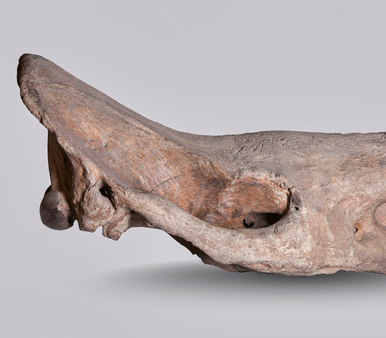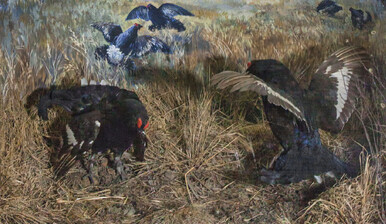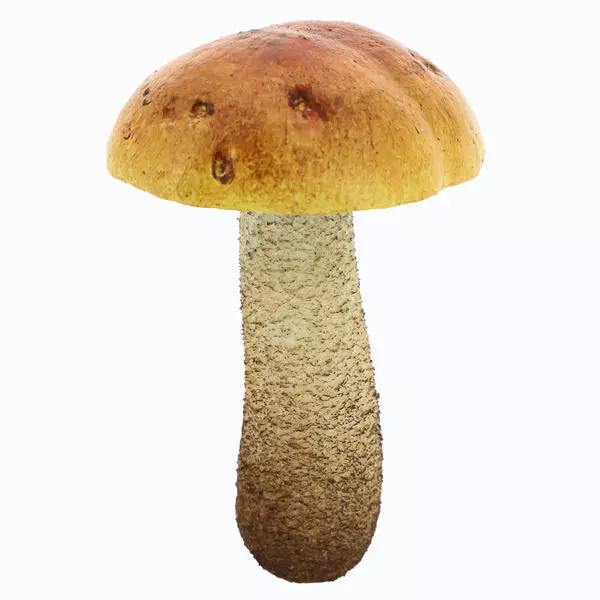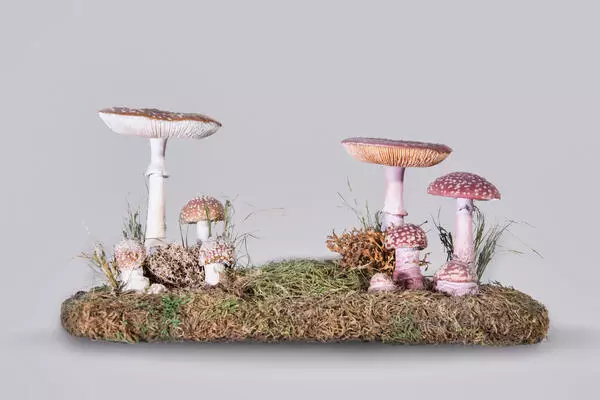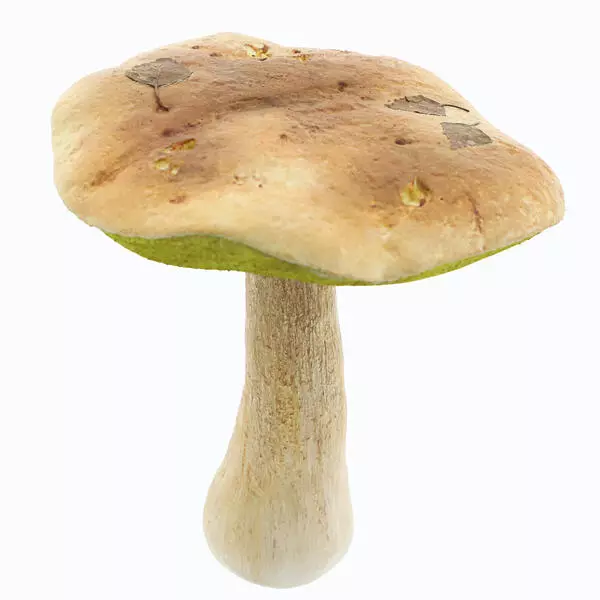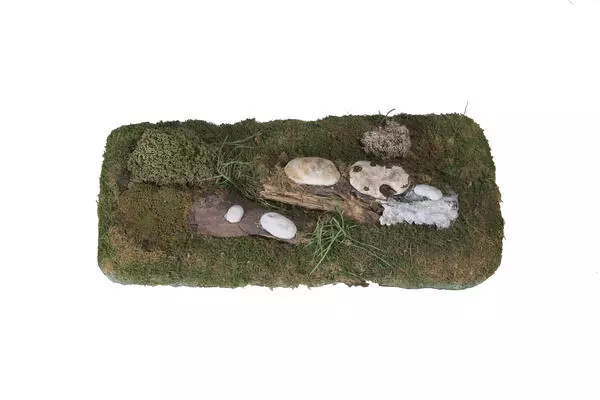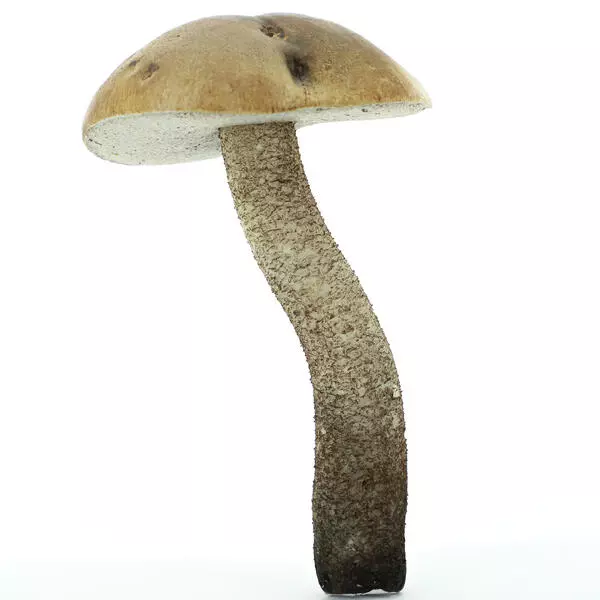Nowadays, scientists know much less about ancient fungi than about fossil animals and plants. Fungi do not have a strong skeleton and strong wood, and fruiting bodies decompose quickly and without a trace, which makes it difficult to study them.
Not all fungi have large fruiting bodies that can be preserved as fossils. Most species can only be seen under a microscope. Besides, the fruiting bodies of mushrooms live only a few days, and the mycelium of all mushrooms cannot be visually distinguished one from another.
However, paleontologists do find fossil mushrooms in coal, peat, amber. Prints of parasitic fungi are found on the scales of fossil fish. Traces of symbiosis with fungi are found on fossil plants. Some scientists believe that without the help of fungi, which helped absorb water and minerals from the soil, plants could not have made it to land.
Some species of ancient fungi have survived to this day. Phellorinia herculeana, presented in the exhibition of the Biology Museum, belongs to the so-called macromycetes — fungi whose fruiting bodies have macroscopic dimensions. English naturalist Miles Joseph Berkeley originally described it in 1843 as Phellorinia inquinans.
Phellorinia herculeana belongs to the same order as the Russula and the poisonous Amanita phalloides, the Agaricales, or Placozoa. It is a relic of the Cretaceous period of the Mesozoic era, that is, a living fossil.
Phellorinia has been living on Earth for about 130 million years. When this species first appeared, the climate on the planet was warm and humid. Almost all continents were covered with lush vegetation and the first flowering plants appeared, dinosaurs were dominant on the planet, and the role of mammals was insignificant.
Nowadays, Phellorinia herculeana can be found all over the world — in India, Africa, Australia, South America and in the Middle East. It grows singly or in groups of several specimens in the steppes and deserts of southern Russia. At the same time, this mushroom is so rare all over its habitat that it is listed in almost all regional Red Lists.
Not all fungi have large fruiting bodies that can be preserved as fossils. Most species can only be seen under a microscope. Besides, the fruiting bodies of mushrooms live only a few days, and the mycelium of all mushrooms cannot be visually distinguished one from another.
However, paleontologists do find fossil mushrooms in coal, peat, amber. Prints of parasitic fungi are found on the scales of fossil fish. Traces of symbiosis with fungi are found on fossil plants. Some scientists believe that without the help of fungi, which helped absorb water and minerals from the soil, plants could not have made it to land.
Some species of ancient fungi have survived to this day. Phellorinia herculeana, presented in the exhibition of the Biology Museum, belongs to the so-called macromycetes — fungi whose fruiting bodies have macroscopic dimensions. English naturalist Miles Joseph Berkeley originally described it in 1843 as Phellorinia inquinans.
Phellorinia herculeana belongs to the same order as the Russula and the poisonous Amanita phalloides, the Agaricales, or Placozoa. It is a relic of the Cretaceous period of the Mesozoic era, that is, a living fossil.
Phellorinia has been living on Earth for about 130 million years. When this species first appeared, the climate on the planet was warm and humid. Almost all continents were covered with lush vegetation and the first flowering plants appeared, dinosaurs were dominant on the planet, and the role of mammals was insignificant.
Nowadays, Phellorinia herculeana can be found all over the world — in India, Africa, Australia, South America and in the Middle East. It grows singly or in groups of several specimens in the steppes and deserts of southern Russia. At the same time, this mushroom is so rare all over its habitat that it is listed in almost all regional Red Lists.


